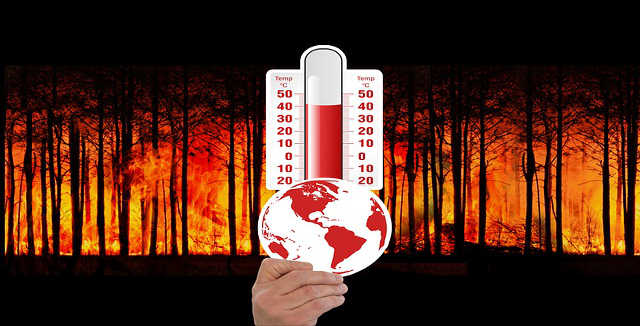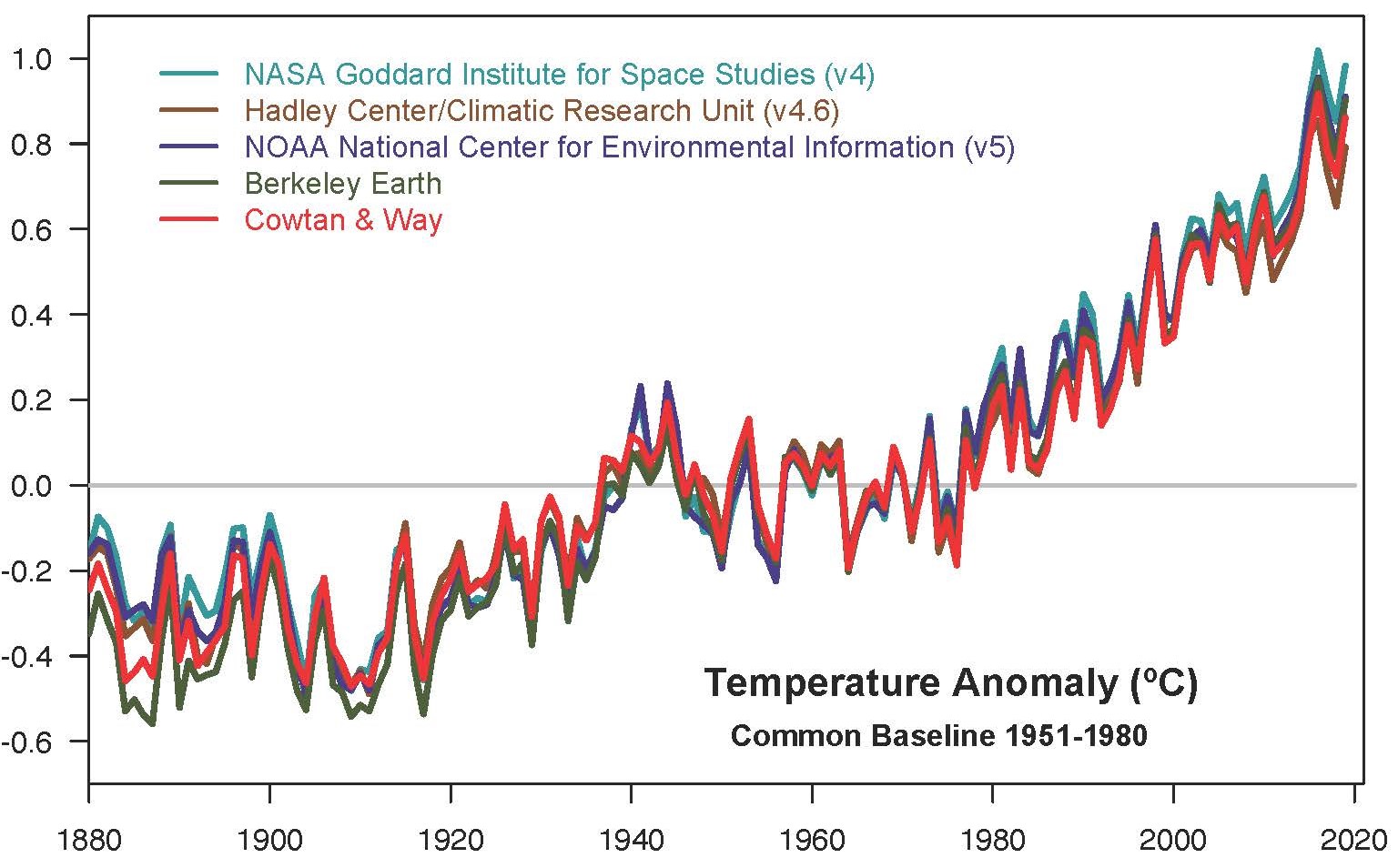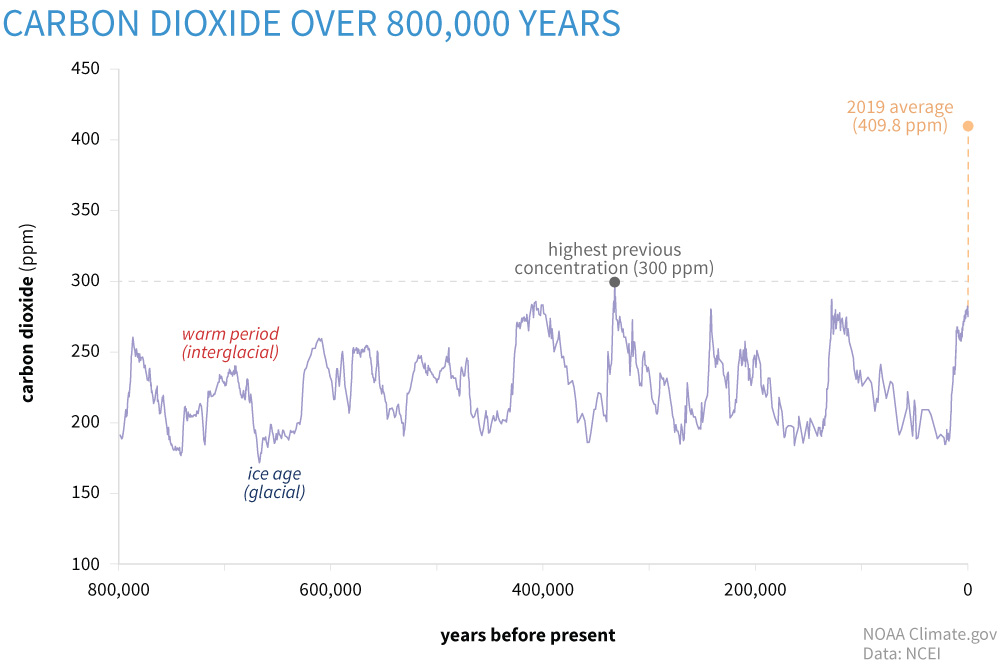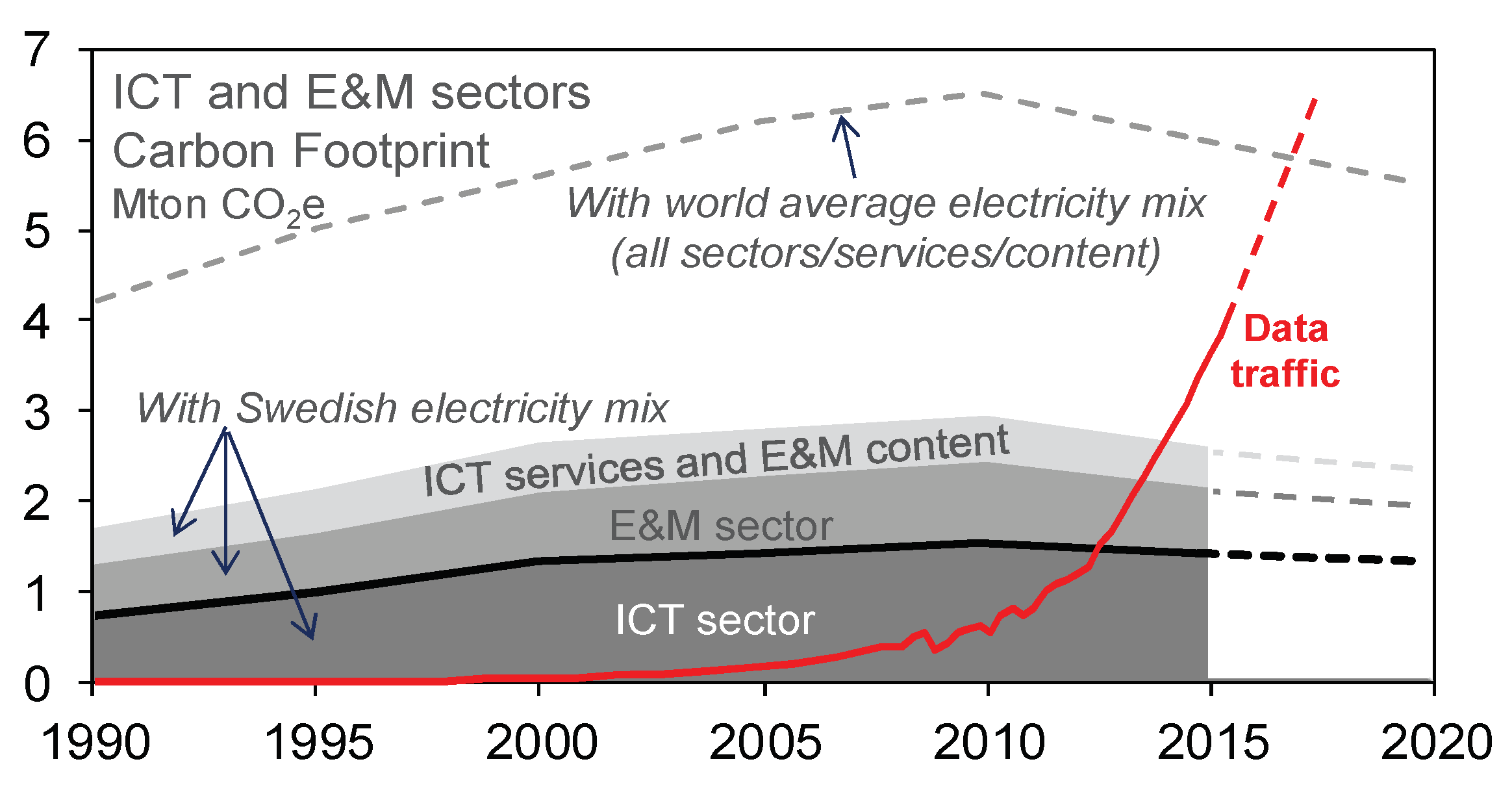In this article we will present 10 myths about global warming (climate change) of the last decades.
Not many decades ago have we started to address climate change as a serious issue. Today, most scientists agree that climate change is generated by human actions and that actions to mitigate its effects must be addressed worldwide. However, there are still a few misconceptions about this issue that generate confusion and could eventually lead to inefficient or useless solutions.
1. There is no scientific agreement on whether climate change is generated by human actions or not
Despite many big companies managed to confuse the public opinion through marketing strategies ion the 90s, a recent study shows that 97.1% of scientists agree that climate change is an anthropogenic phenomenon, that is, generated by man. In this study 11944 climate abstracts from 1991-2011 that addressed the “climate change” topics were reviewed. Out of the total that expressed a clear position regarding the causes of climate change, 97.1% agreed on human’s actions being the driving cause of this phenomenon.
2. Climate change and its temperature changes are a “natural” phenomenon
For many years many people claimed that climate change weather extreme events and temperature changes were happening because of a “natural trend”. Image 1 shows the temperature data for the last 140 years, where it can be seen that 2016 was the warmest year since 1880. In addition to this, the 10 warmest years in this record took place in the last 20 years.
Image 1: Earth’s temperature anomaly (1880-2020). Source: NASA
Not only temperature patterns present anomalies in this century, but CO2 emissions as well. Image 2 represents the record of CO2 concentrations in the atmosphere in the last 800.000 years, and it clearly shows that 2019 was by far the year where these values were the highest. Moreover, the last time CO2 concentrations were that high was more than 3 million years ago. In that moment temperatures were 2-3˚C higher than in pre-industrial levels and sea levels were 15-20 meters higher than today.
Image 2: Carbon dioxide concentrations in the last 800.000 years. Source: NOAA
3. GM foods are contributing to climate change
The only difference between genetically modified and non-modified foods is the part of the DNA that is extracted to give these modified seeds the new desired property (durability, resistance to pests, etc.). There is no evidence yet that GMOs are harmful to human health nor to the planet by themselves. What is harmful to the planet and soils is the use of toxic chemicals such as glyphosate in transgenic seeds (modified to resist them). These chemicals are classified by the WHO as “potentially carcinogenic”, and there is evidence that they can affect the populations that surround these plantations. This issue affected the way we see GMOs and related them to harmful effects for humans and the planet, but they may actually be a good solution by increasing crop yields and adding nutritional value to crops (myths about global warming).
4. Paper bags are the solution to plastic ones
Most people think that paper bags are the eco-friendly solution to plastic ones because its effects on the planet are lower and therefore contribute less to climate change. However, according to a study presented in 2014, paper bags not only generate more greenhouse gases in their production, but also use more water, more energy and more resources than plastic ones.
Plastic ones last longer on the planet, so the effect itself is different. But so far neither of these materials is the solution, so if we want to help the planet, we have to reduce our consumption of both (myths about global warming).
5. Buying compostable/biodegradable materials contribute to tackle climate change
Similar to what happens with paper bags, compostable materials also consume more energy during its production, more resources and release more GHG than plastic ones.
And if these compostable ends up in a landfill (which is usually the case unless we send it directly to an industrial facility for its biodegradation) it ends up emitting methane and being much worse for the planet than the conventional plastic that stays in the landfill for 150 years without decomposing.
In addition, compostable or biodegradables are easily confused with conventional plastics and if they are mixed in the recyclable stream it is also detrimental to that recycling process (myths about global warming).
6. Hydropower can help tackle climate change because it is a renewable energy source
Depending on the size of the dam, hydroelectric energy may be considered a renewable source of energy or not. In 2004, the Citizens United for Renewable Energy and Sustainability declared only hydroelectric energy as renewable for dams smaller than 10 MW. For large dams, due to the environmental damage they generate, the large investments and displacement of people living in these areas, among many other reasons, it was decided not to consider them as renewables (myths about global warming).
7. The uncontrolled spread of forest fires is a “natural” phenomenon (myths about global warming)
The uncontrolled spread of fires is both a cause and a consequence of climate change. They are a main cause because during a fire the main source of CO2 capture (trees) is removed from the earth, while generating large amounts of CO2 during and after the fire has ended. But also their uncontrolled spreading is a consequence of climate change, since droughts and changes in rainfall season causes the trees and plants to be drier. This makes them a much more potent combustion source when fire reaches them, and it is the reason why it gets every year harder to extinguish forest fires once they started.
8. Technological advances (cell phone use, internet) are detrimental to the planet
Actually, this is not true, because today we do everything that we used to do with many devices in only one (our cellphones replace calculator, alarm clock, camera, telephone, mp3, etc.). This is much more efficient than what we did before because there is only one device that needs to be manufactured and charged. Also, our TVs and computers are every time more efficient and designed to consume less energy. According to a study presented in 2018, the consumption of energy from electronic devices in the Information and Technology industry had a peak in 2010 and began to decrease although data traffic continues to grow. This can be explained because of the higher efficiency of devices mentioned before.
Source: MDPI
9. Environmental changes are in the hands of the government and large companies
According to a study presented in 2020, two thirds of GHG emissions globally come from direct and indirect household consumptions.
This means that we can all do something from our place. Companies produce what we consume and there are basic things we can do that can greatly reduce our carbon footprint.
10. Climate change will be a problem only for future generations
Climate change effects are already taking place in the planet. Most vulnerable countries and poor people are paying the consequences of our high carbon activities in a daily basis. To name a few events, hurricanes, floods, droughts and tropical storms are the vivid proof that climate change is already here. And it is not going away unless we decide to change the way we live and our consumption habits.
These are the myths about global warming.
-Belén Silva
References
Cook, J., Nuccitelli, D., Green, S.A., Richardson, M., Winkler, B., Painting, R., Way, R., Jacobs, P., Skuce, A., Quantifying the consensus on anthropogenic global warming in the scientific literature, Environmental Research Letters, 2013.
Acosta Losada, O., Guerrero Fonseca, C.A., Transgenic foods and allergies, Universidad Nacional de Colombia, 2007
Kramkowska M. , Grzelak T. , Czyzewska K., Benefits and risks associated with genetically modified food products, Annals of Agricultural and Environmental Medicine, 2013.
Chet Chaffee and Bernard R. Yaros Boustead Consulting & Associates Ltd., Life Cycle Assessment for Three Types of Grocery Bags – Recyclable Plastic; Compostable, Biodegradable Plastic; and Recycled, Recyclable Paper, 2014.
IRN, Twelve reasons to exclude large hydro from renewables initiatives
Malmodin, J., Lunde, D., The Energy and Carbon Footprint of the Global ICT and E&M Sectors 2010–2015, MDPI, 2018.
Ivanova, D., Barret, J., Wiedenhofer, D., Macura, B., Callaghan, M., Creutzig, F., Quantifying the potential for climate change mitigation of consumption options, Environmental Research Letters, 2020.
Image by Gerd Altmann from Pixabay









